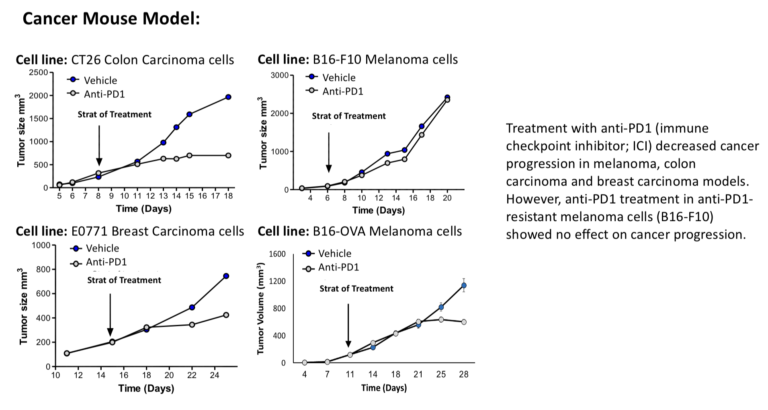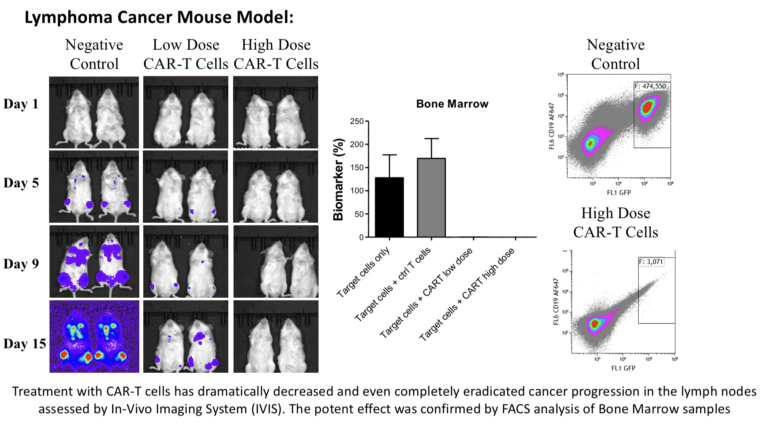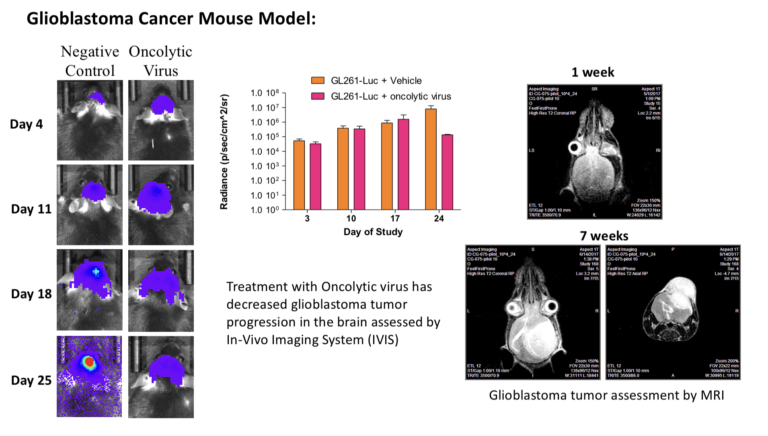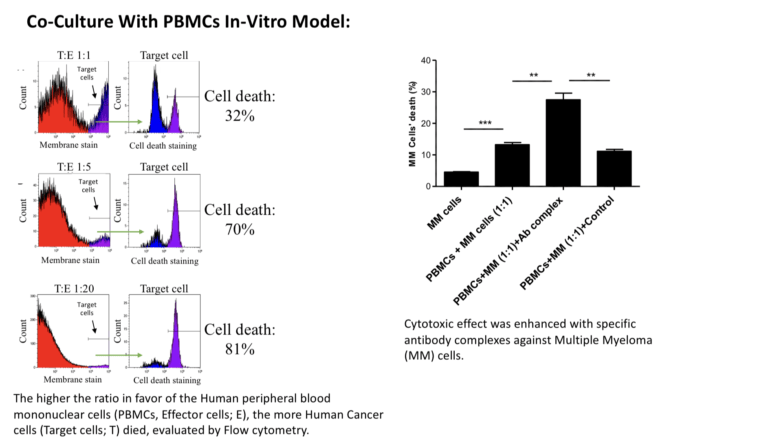Cancer Models
Assuming you have already screened different lids through our in-vitro screening services, you are probably already thinking about your next step: in–vivo studies. The spectrum of preclinical cancer models is quite vast, and selecting the correct study model is crucial. For instance, an Immune-Checkpoint Inhibitor (ICI) candidate can only be tested in a model where all the components of the immune system are present, i.e, a syngeneic cancer model.
Similarly, an antibody or cell based therapy for a human tumor expressing a specific target, can only be tested in a model where the target receptor is expressed. An example of this is a human tumor engrafted in an immunodeficient mouse (xenograft tumor). The immunodeficient status of the recipient animal is also a key factor, not only for human tumor engraftment but also for the engraftment of the treating cells.
We are indeed fortunate today to have access to a vast variety of laboratory rodents: from inbred and outbred strains and different strains of immunocompetent animals to a vast range of rodents (rats and mice in particular) with immunodeficiencies.
We, at Pharmaseed, have been accumulating many years of experience with an extensive and increasing list of animal models used in the evaluation of different treatment modalities.
Tumor follow-up is another challenging aspect of cancer models in preclinical studies. While the simple subcutaneous models have the great advantage of being able to be tracked very easily by a mere caliper measurement; orthotopic models will require an extra level of complexity, not only for the implantation (usually surgical) procedure but rather for tumor follow-up. At Pharmaseed, we provide different options for orthotopic tumor screening, including, MRI and Micro-CT with 3D reconstruction and bioluminescence or fluorescence IVIS, depending on the chosen model.
Our services support an array of therapeutic disciplines
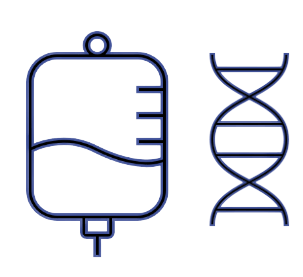
Cell & Gene based Therapy
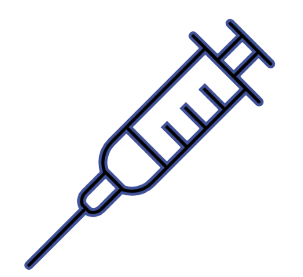
Biological therapy

Cannabis based therapy

Microbiome

Pharmaceuticals

Medical devices

Nutraceuticals
Cancer Models
- Cancers available: Breast, Glioblastoma, Lung, Melanoma, Pancreas
- Species available: Mouse, Rat, Pig
- Standard assessments: Body weight, clinical signs, tumor measurement (caliper or imaging)
- Additional assessments: Histology, tumor markers (ELISA, immunostaining), PCR
- Cancers available: Patient-derived xenograft Leukemia, Lymphoma, Myeloma
- Species available: Mouse
- Standard assessments: Body weight, clinical signs, tumor measurement (caliper or imaging)
- Additional assessments: Histology, tumor markers (ELISA, immunostaining), PCR
- Cancers available: Bladder, Breast, Cholangiocarcinoma, Colon, Glioblastoma, Liver, Lung, Melanoma, Pancreas, Pituitary, Prostate, Skin, Tongue
- Species available: Mouse
- Standard assessments: Body weight, clinical signs, tumor measurement (caliper)
- Additional assessments: Histology, tumor markers (ELISA, immunostaining), PCR
- Cancers available: Breast, Lung, Melanoma
- Species available: Mouse
- Standard assessments: Body weight, clinical signs, tumor measurement (imaging)
- Additional assessments: Histology, tumor markers (ELISA, immunostaining), PCR
- Cancers available: Patient-derived xenograft Leukemia, Lymphoma, Myeloma
- Species available: Mouse
- Standard assessments: Body weight, clinical signs, tumor measurement (caliper or imaging)
- Additional assessments: Histology, tumor markers (ELISA, immunostaining), PCR
- Cancers available: Colon, Uterus
- Species available: Pig, Sheep
- Standard assessments: Body weight, clinical signs, tumor measurement
- Additional assessments: Histology, tumor markers (ELISA, immunostaining)
- Species available: Pig
- Standard assessments: Body weight, clinical signs, tumor measurement, erythema & edema
- Additional assessments: Histology, tumor markers (ELISA, immunostaining)
- Species available for PBMCs: Human, Mouse
- Cell lines available: More than 60 human & mouse cell lines
- Standard assessments: MTT, XTT, BrdU, CellTiter-Glo, flow cytometry
- Cell lines available: More than 100 human & mouse cell lines
- Standard assessments: MTT, XTT, BrdU, CellTiter-Glo, flow cytometry
Research outcomes - examples
